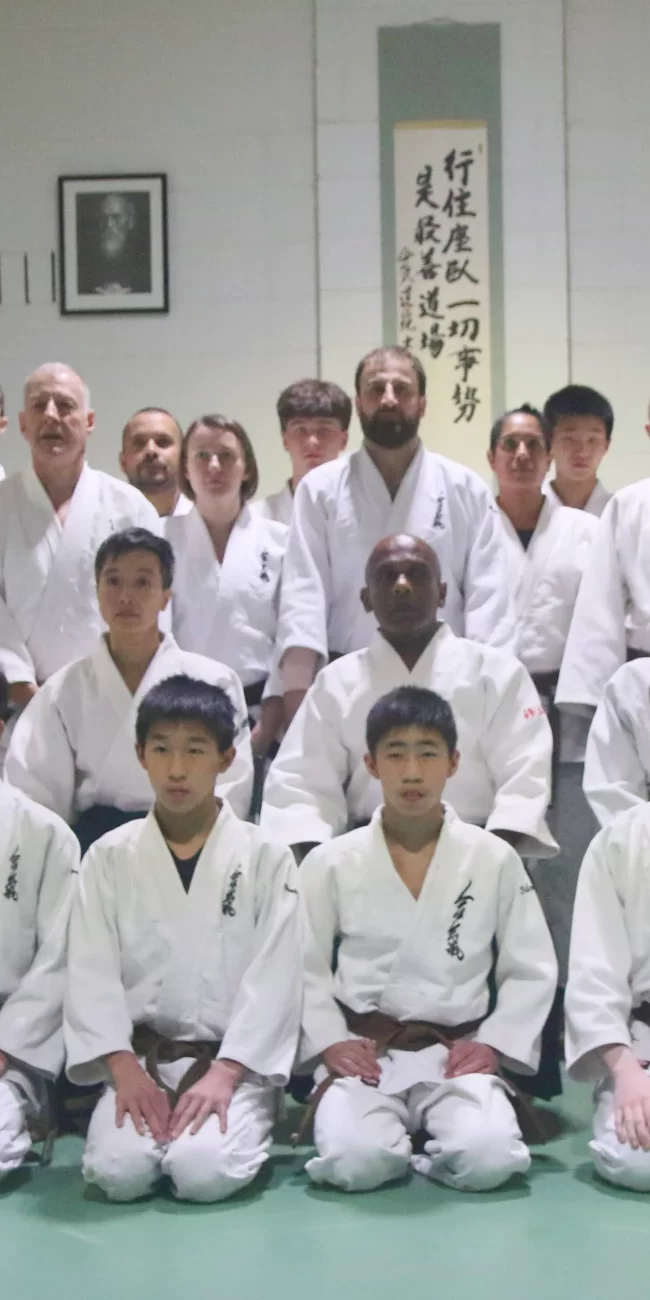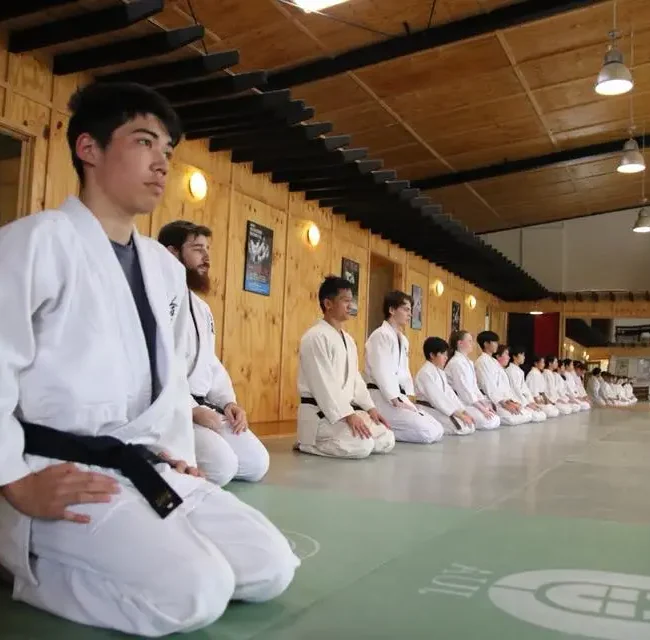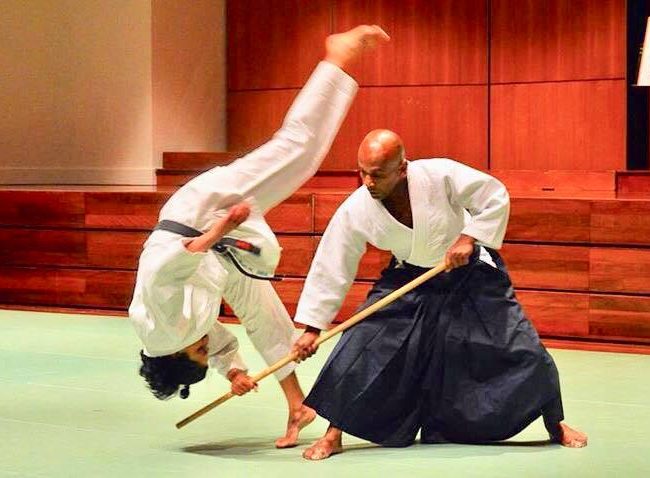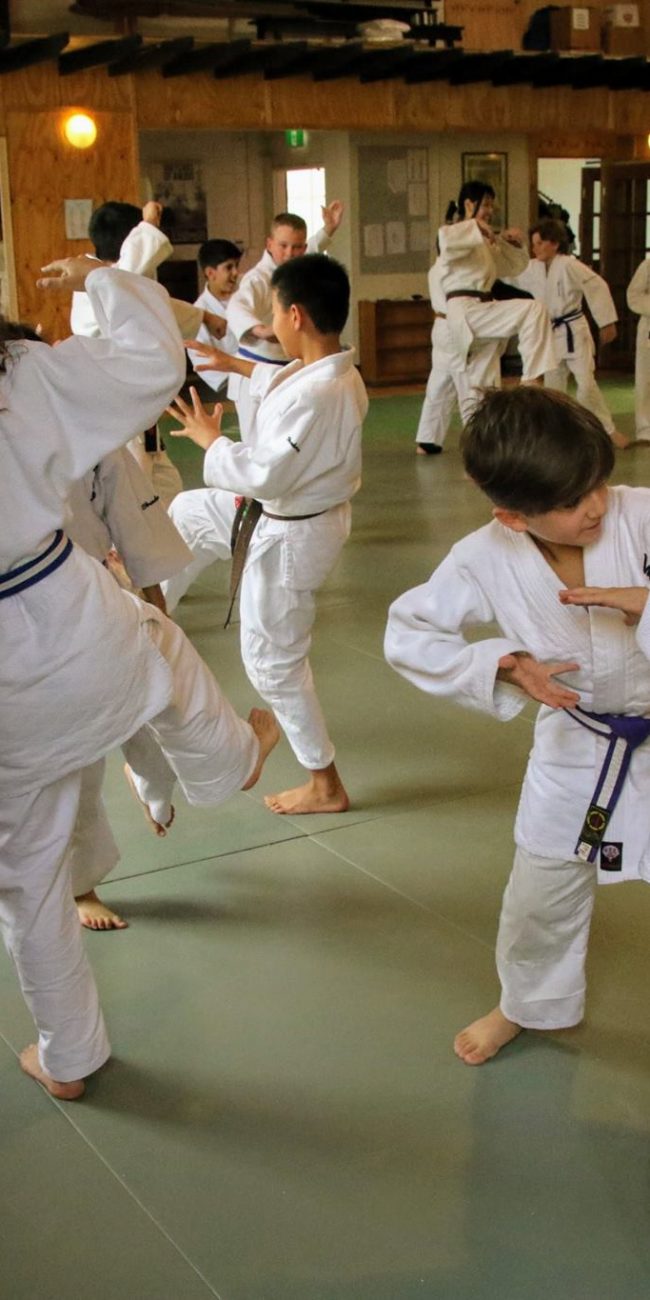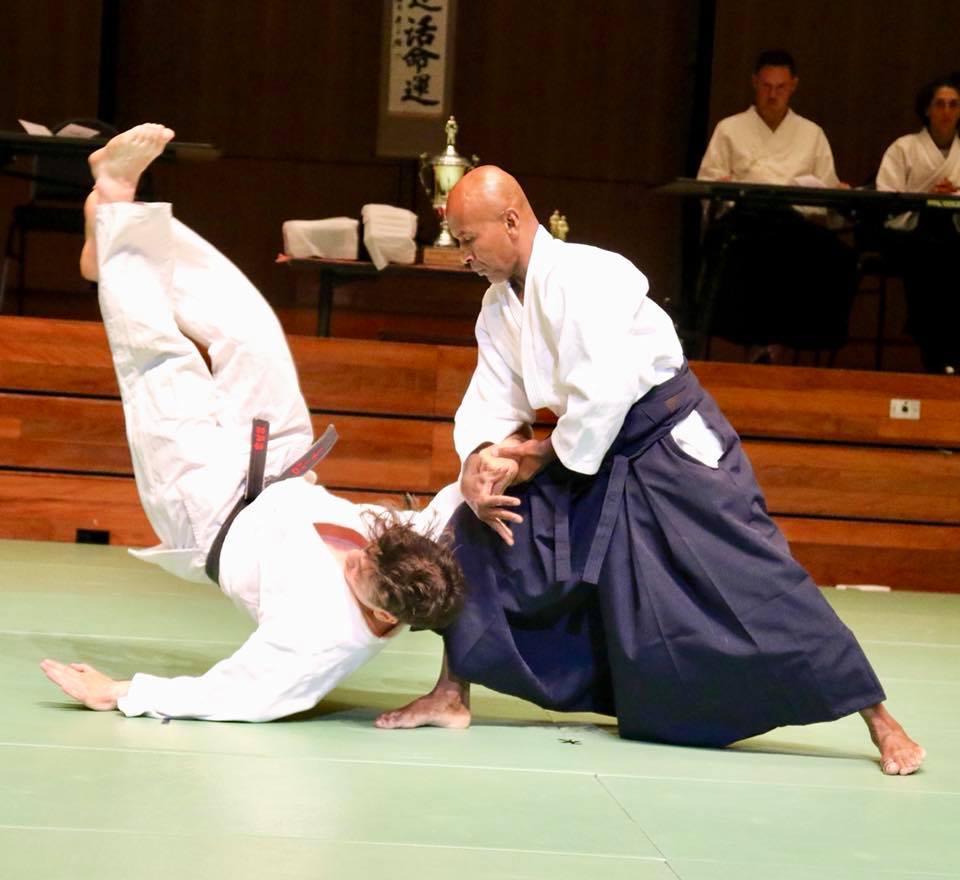
Welcome to an in-depth guide on advanced Aikido techniques to refine your martial arts skills. Aikido is a Japanese martial art that focuses on redirecting an opponent’s energy to neutralize attacks. It emphasizes blending and flowing movements to subdue adversaries without causing harm. In this article, we will explore various advanced Aikido techniques that will help you elevate your skill level and deepen your understanding of this beautiful martial art.
The Essence of Advanced Aikido Techniques
Aikido is not just about physical strength and techniques; it encompasses a deeper understanding of harmony and energy. Advanced Aikido techniques require practitioners to go beyond executing movements and delve into the essence of the martial art. By refining your skills, you can transform Aikido into a powerful form of self-expression and self-improvement.
Mastering the Basics: A Strong Foundation
Before venturing into advanced Aikido techniques, it is crucial to have a strong foundation in the basics. Beginners often underestimate the importance of mastering fundamental movements such as tai sabaki (body movement), ukemi (falling and rolling), and basic techniques like irimi-nage (entering throw) and shihonage (four-direction throw). By honing these core skills, you build a solid base that enables seamless progression to advanced techniques.
Advanced Aikido Techniques for Effective Throws
Throws are a fundamental aspect of Aikido. Advanced practitioners refine their throwing techniques to achieve maximum efficiency and effectiveness. Techniques such as koshinage (hip throw), juji-nage (cross-throw), and kaiten-nage (rotary throw) require precise timing, blending, and a deep understanding of the opponent’s movements. By mastering these throws, you can effortlessly redirect your adversary’s energy and neutralize their attacks.
Flowing with the Energy: Aikido Joint Locks
Joint locks, also known as “kansetsu-waza,” play a vital role in advanced Aikido techniques. These techniques allow practitioners to control and subdue opponents without causing significant harm. By applying subtle pressure to specific joints, such as the wrist, elbow, or shoulder, you can manipulate your opponent’s movements and neutralize their attacks. Joint locks require finesse and accuracy, making them an integral part of advanced Aikido training.
The Art of Balance Disruption: Off-balancing Techniques
Off-balancing is a key principle in Aikido. By disrupting your opponent’s balance, you create opportunities for effective techniques. Our Advanced Aikido practitioners in Melbourne excel at subtle weight shifts, angles of attack, and utilizing the opponent’s momentum against them. Techniques like kuzushi (balance-breaking) and tenkan (rotational movement) enable practitioners to maintain control while executing throws and joint locks.
Weapon Techniques in Advanced Aikido
Aikido incorporates traditional weapons training to enhance practitioners’ understanding of movement, timing, and distancing. Weapons such as the wooden staff (jo) and wooden sword (bokken) are used to simulate attacks and defenses. Advanced Aikido techniques with weapons involve fluid movements, precision, and an acute sense of awareness. By practicing with weapons, practitioners gain a deeper understanding of Aikido principles and their application in real-life situations.
Developing Your Ki: The Inner Power of Aikido
Ki, often described as “life force” or “energy,” is a central concept in Aikido. Advanced Aikido practitioners focus on cultivating and harnessing their ki to execute techniques effortlessly and harmoniously. Through meditation, breathing exercises, and mindful training, you can develop a heightened sense of awareness and tap into your inner power. The mastery of ki allows for precise movements and a profound connection with your training partners.
The Role of Ukemi: Falling and Rolling Techniques
Ukemi, the art of falling and rolling, is crucial in Aikido. Advanced practitioners excel in performing ukemi smoothly and efficiently, allowing for seamless transitions between techniques. Learning proper ukemi not only protects you from injury but also enhances your overall Aikido proficiency. It teaches you how to absorb and redirect force while maintaining control and balance.
Advanced Aikido Techniques for Multiple Attackers
Aikido’s effectiveness extends beyond one-on-one encounters. Advanced practitioners train to handle multiple attackers simultaneously. Techniques such as irimi-nage (entering throw), kokyunage (breath throw), and tenchi-nage (heaven and earth throw) enable practitioners to maintain control and neutralize threats in chaotic situations. Strategic positioning, efficient movement, and precise timing are essential when dealing with multiple adversaries.
The Importance of Ma-ai: Understanding Distance and Timing
Ma-ai, the concept of distance and timing, is of paramount importance in Aikido. Advanced practitioners have a keen sense of ma-ai, allowing them to maintain optimal positioning in relation to their opponents. By understanding the principles of ma-ai, you can control the flow of the encounter, create openings for techniques, and neutralize attacks effectively. Mastery of ma-ai enables practitioners to execute advanced Aikido techniques with precision and efficiency.
Utilizing Space: Aikido Techniques in Close Quarters
Aikido techniques are adaptable and can be applied in various contexts, including close-quarters encounters. Advanced practitioners excel at utilizing limited space to their advantage. Techniques such as shihonage (four-direction throw), kotegaeshi (wrist twist throw), and kaiten-nage (wheel throw) can be effectively employed in tight spaces where traditional strikes or kicks may be impractical. By understanding how to manipulate an opponent’s balance and exploit spatial constraints, practitioners can overcome physical limitations and execute advanced techniques effectively.
Enhancing Your Training: Aikido Conditioning Exercises
To excel in advanced Aikido techniques, practitioners must have a strong physical foundation. Conditioning exercises tailored specifically for Aikido play a crucial role in enhancing strength, flexibility, and endurance. Exercises such as suwari-waza (seated techniques), taiso (Aikido-specific exercises), and weapons drills contribute to overall physical fitness and improve performance in advanced techniques. By incorporating conditioning exercises into their training regimen, practitioners optimize their ability to execute techniques with precision and power.
Incorporating Breathing Techniques in Aikido
Breathing is a fundamental aspect of Aikido. Advanced practitioners integrate breathing techniques to enhance their performance and optimize energy flow. Proper breathing supports relaxation, centers the mind, and enhances body movement. Techniques such as kokyu-nage (breath throw) and kokyu-ho (breathing exercises) require synchronizing breath with movement, enabling practitioners to generate power, maintain balance, and execute techniques with finesse. By incorporating breathing techniques into their practice, advanced practitioners elevate the effectiveness of their Aikido techniques.
Common Mistakes to Avoid in Advanced Aikido
In the pursuit of advanced Aikido techniques, practitioners may encounter common pitfalls and mistakes. Awareness of these errors can aid in refining skills and avoiding unnecessary setbacks. Some common mistakes to avoid include relying solely on strength, neglecting ukemi (falling and rolling), resisting or overpowering training partners, and fixating on techniques without understanding underlying principles. By recognizing these mistakes and actively working to overcome them, practitioners can accelerate their progress and refine their advanced Aikido techniques.
Conclusion
Advanced Aikido techniques offer practitioners the opportunity to refine their martial arts skills, deepen their understanding, and cultivate a harmonious connection between mind, body, and spirit. By delving into the intricacies of joint locks, off-balancing techniques, weapons training, and other advanced aspects of Aikido, practitioners can transcend the physical aspects of the art and embrace its philosophical and spiritual essence. Through dedicated practice, mindfulness, and a commitment to continuous growth, advanced Aikido practitioners elevate their abilities, embody the principles of Aikido, and integrate the art into all aspects of their lives.

